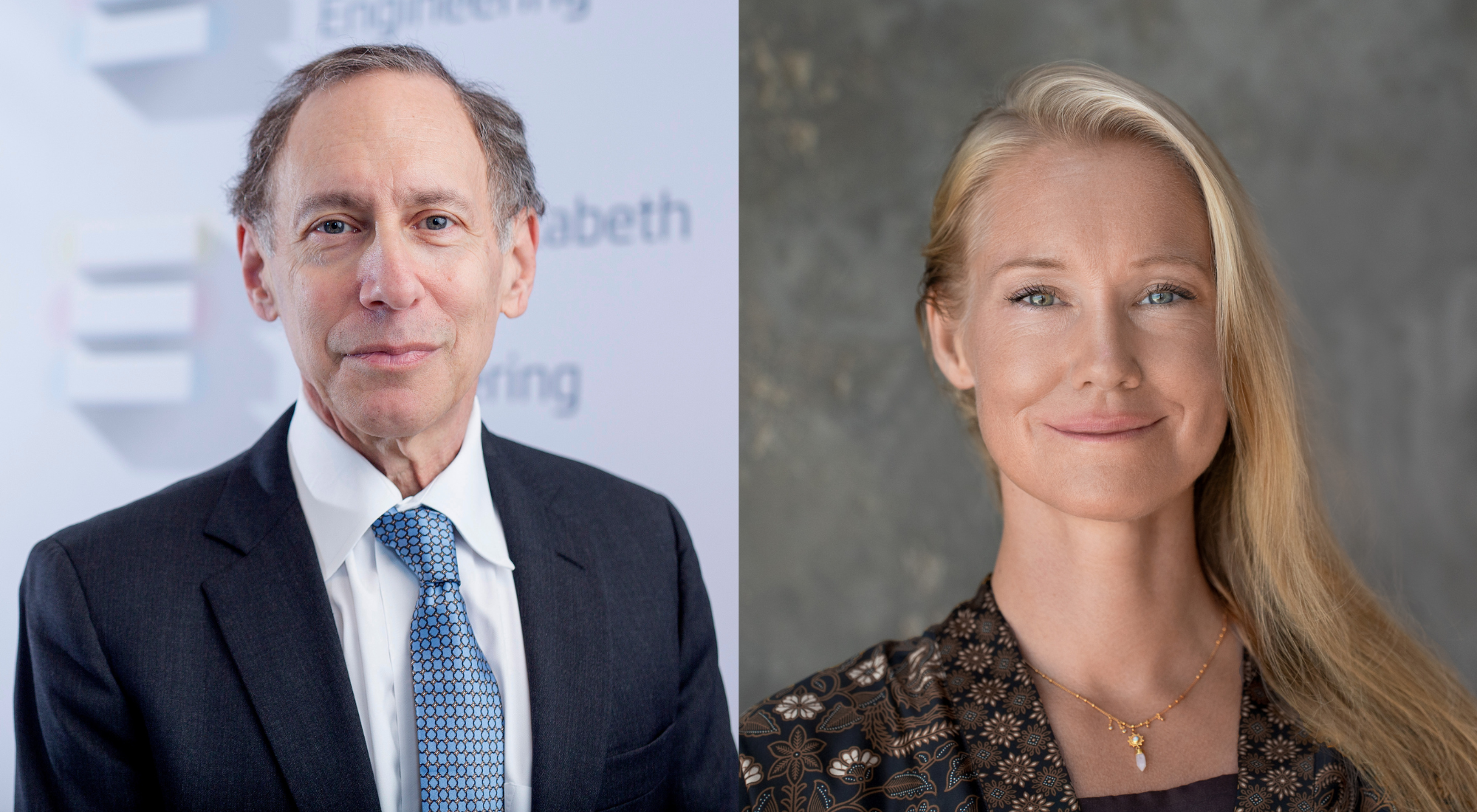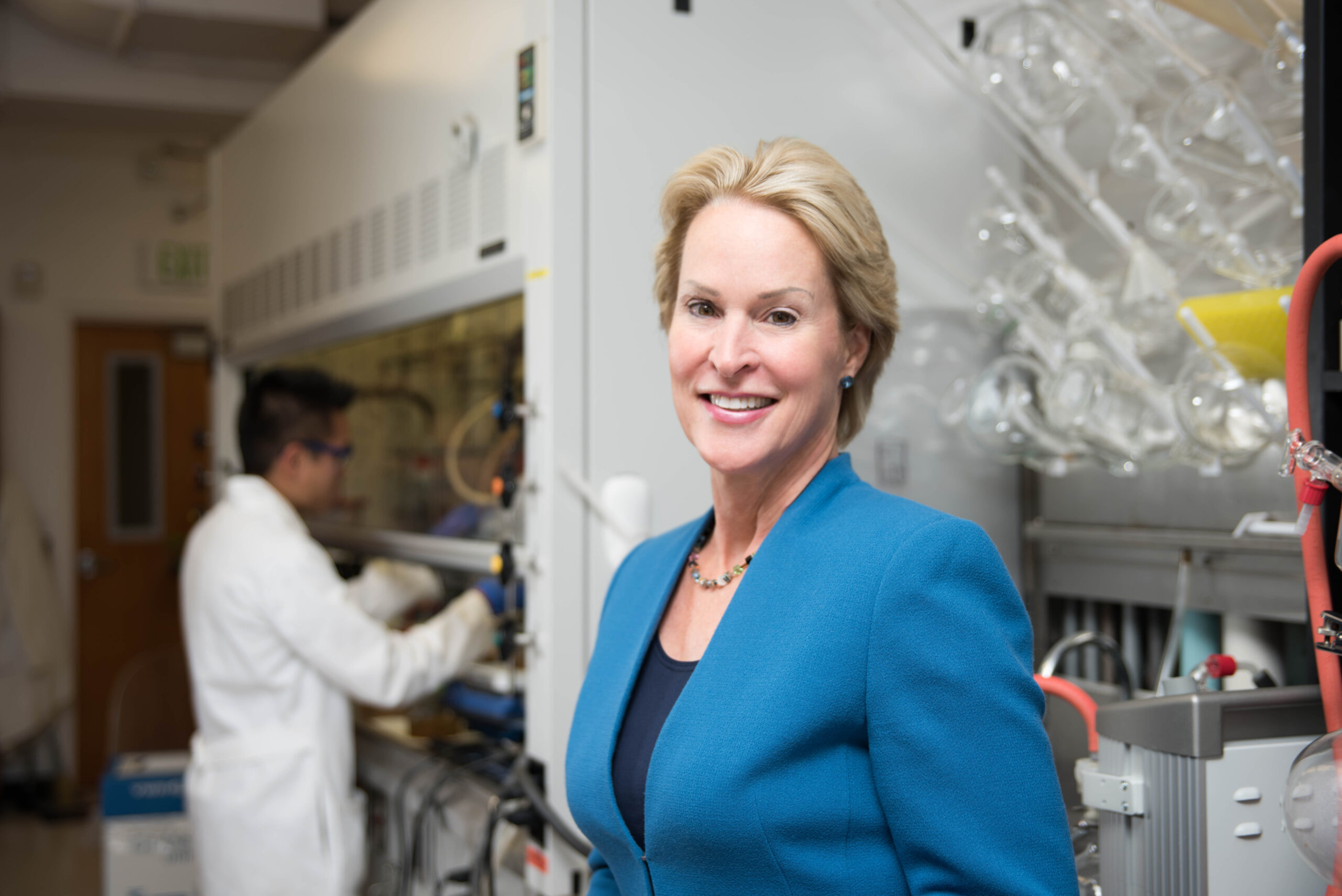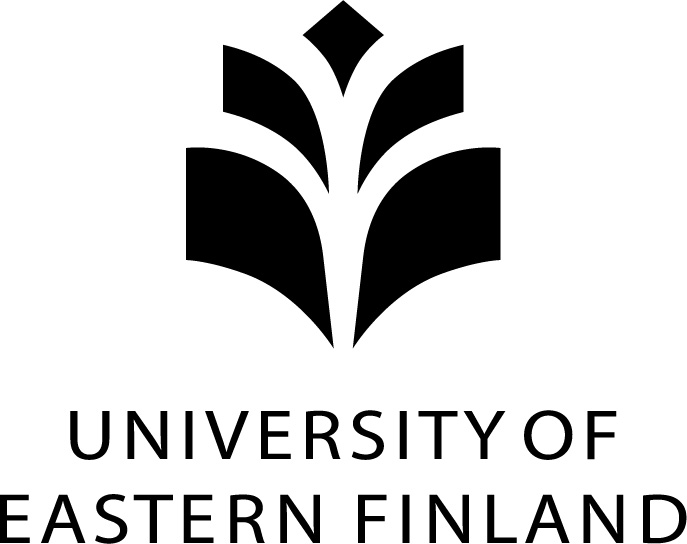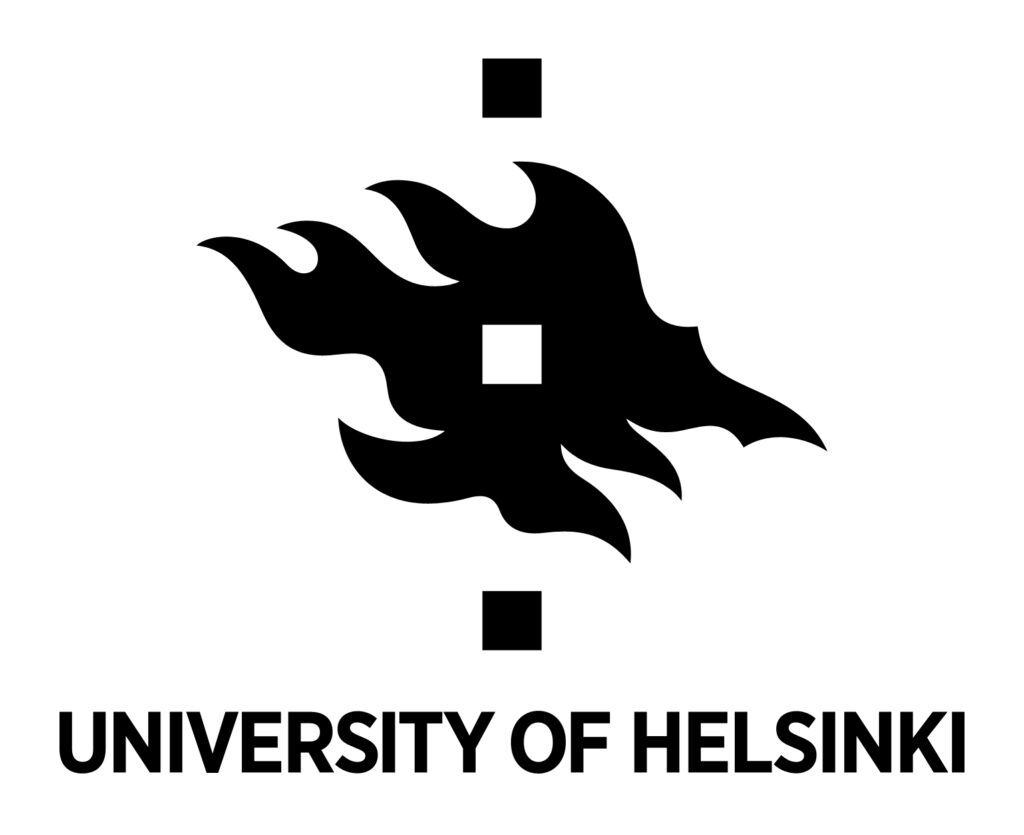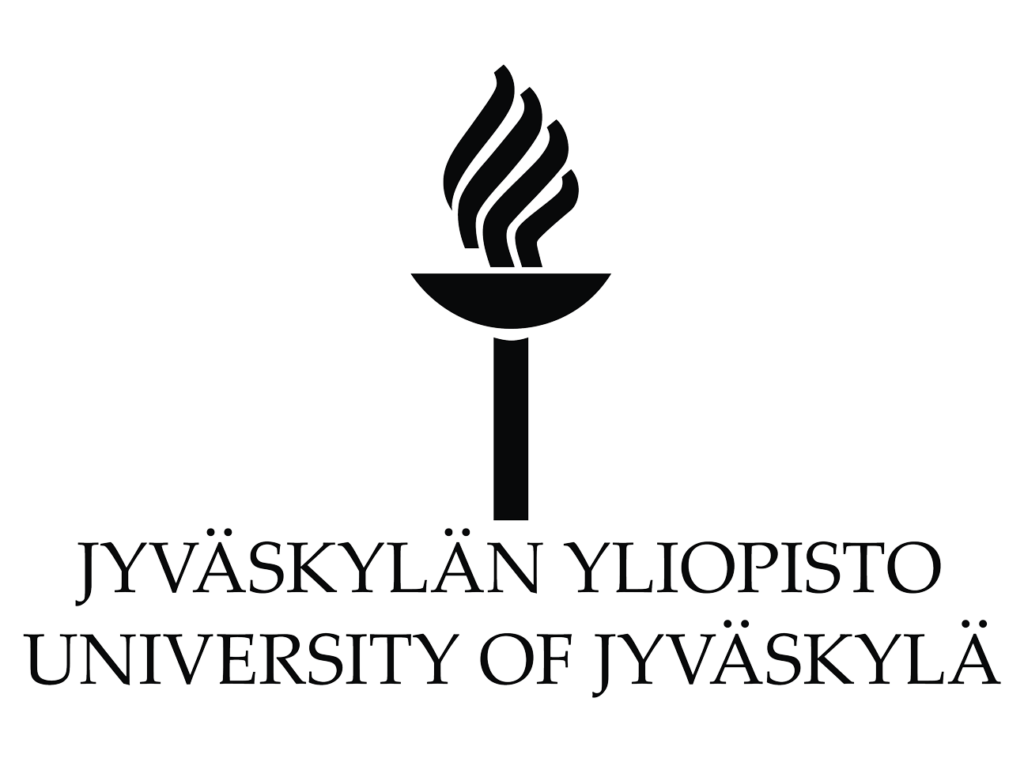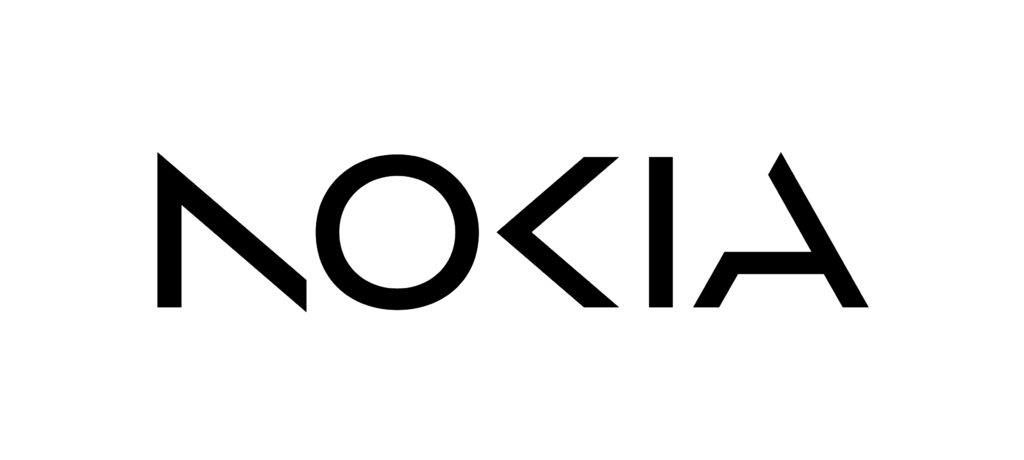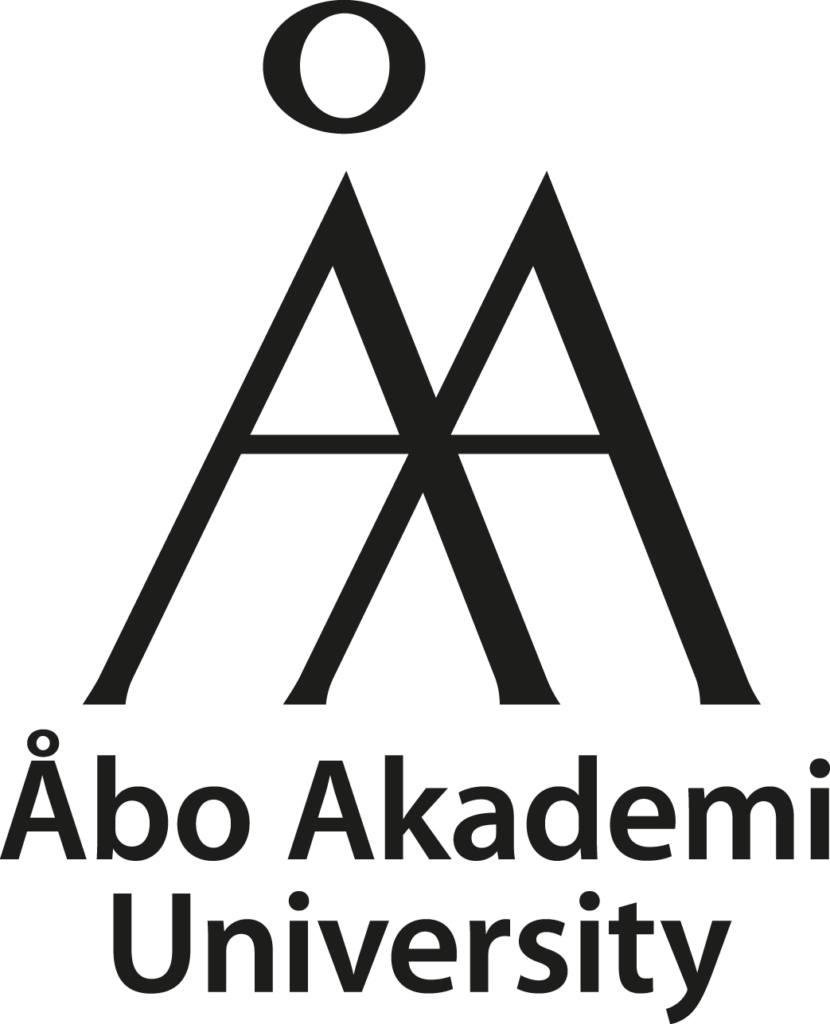Shinya Yamanaka produces first clinical-grade iPS cells
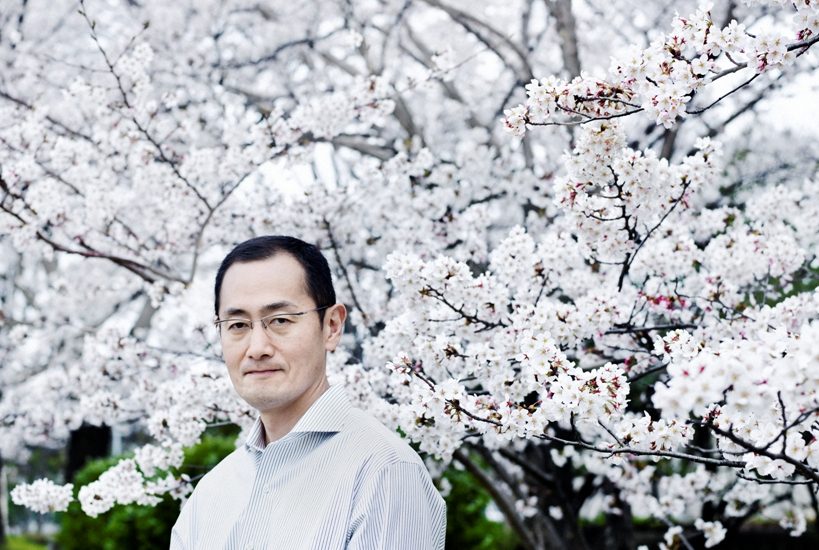
Yamanaka’s breakthrough was creating ethically-produced induced pluripotent stem cells (iPS cells). In 2006, he discovered a way to produce iPS cells without using embryonic stem cells, first with mouse skin cells, and the following year with human cells. Today, these cells are widely used in drug trials and biotech research – and are offering new treatment of serious diseases and the growing of new tissues.
Now Yamanaka says that his team has begun to produce clinical-grade iPS cells that meet stringent good manufacturing protocol (GMP) standards.
According to the World Health Organisation, GMP aims to diminish the risks inherent in pharmaceutical production, including cross contamination/mix-ups and false labelling.
In 2011, Dr. Alexey Bersenev of the University of Pennsylvania wrote in Stem Cell Assays that GMP validation would be “an important step for translation of cell therapies from bench to bedside. Human iPS cell technology has a promising therapeutic potential…But we are still lacking the development of a fully-closed GMP-grade cycle from iPS cell generation to the final cell product.”
Two and a half years later, we are close to that.
“An exciting step forward”
“We are making a lot of progress,” says Yamanaka. “We are in the process of introducing GMP-grade iPS cells. This is a standard to make clinical-grade products with the cells. We’ve started producing such iPS cells very recently, this spring. So that’s a very exciting step forward.”
“At the moment we are doing it in our academic institute,” he explains. “But there are multiple companies that are working on a similar approach and strategy. In the future, we may cooperate with those companies, but at the moment we’re working independently.”
Yamanaka, who has in the past had successful collaborations with companies, has recently been granted large grants from the Japan’s Ministry of Economy, Trade and Industry. The government sees the fields of regenerative medicine and tissue engineering as crucial for Japan’s future, both as a means to care for its rapidly-ageing population and as an export product.
How long will it be then before these products are available on the general market?
“It’s tough to make predictions. We’re going to use those cells in clinical trials, which will take some time. Five years, 10 years. So to make it generally available will take longer – at least 10 years,” predicts Yamanaka.
His original breakthrough with iPS cells came about much more quickly than he expected, though.
“I had thought that might take 20 years, 30 years, or even longer. But we were very lucky to be able to achieve this goal in six years.”
How did this seemingly-miraculous breakthrough come so quickly?
“That was a combination of good strategy and good luck. We had a good strategy and a very sensitive system. We performed many scientific experiments to choose candidates. But we did need good luck because we had more than 10,000 candidates to begin with. We selected 24 candidates and it turned out that we found the crucial four factors were within the first 24 candidates. That was really good luck, but it was not random. We selected those 24 candidates based on scientific findings, but we could have picked another 24 candidates,” he says.
No impact from controversies
In the eight years since that discovery, the Japanese stem-cell sector has been growing steadily. Yet this past spring it was overshadowed by a series of controversies over research documentation. A young researcher at Japan’s state-funded Riken Institute was forced to retract two papers on the stimulus-triggered acquisition of pluripotency (STAP), which were initially hailed by Yamanaka and many others. Several of the senior scientists investigating that case then came under suspicion of research irregularities themselves. On July 11, a committee of outside experts called for the resignation of top management at Riken.
In April, Yamanaka himself apologised for possibly including an incorrect image in a paper published in 2000, although Kyoto University found no problem with the paper’s conclusions.
Have these incidents had any impact on public opinion or funding for stem cell research?
“We were very excited about the STAP findings, but we need to wait for the investigations. At the moment nobody knows what really happened. I hope these controversies won’t make it more difficult to get funding or anything like that, but who knows? So far there have been no obvious side effects. The Japanese government has been very helpful in our research.”
Yamanaka stresses that he is “not involved with the Riken Institute at all. However, I do have a very strong collaboration with Dr. Masayo Takahashi at Riken, who is just beginning clinical trials using iPS cells to treat macular degeneration [a common eye disease among the elderly]. But that is completely unrelated to those two papers.”
Many promising areas
Takahashi’s method for macular degeneration has been approved by the Health Ministry, so she will begin the first human clinical trial using iPS cells later this year. This seems to be the first concrete breakthrough success story for iPS cells. What other areas look promising at the moment?
“I’m hoping we will see clinical trials in diseases such as Parkinson’s, heart failure and spinal cord injury. Each application has advantages and problems, so it’s difficult to say which is closest to clinical trials. But in each area, scientists are making their best efforts and making huge progress each year.”
That is also true of researchers at Tampere’s BioMediTech Institute, including professors Minna Kellomäki and Katriina Aalto-Setälä, who also spoke at the May 30 seminar. They presented some of the institute’s latest advances in stem cell and tissue technology research.
“I had a chance to listen to their talks, and I’m very impressed by progress they are making,” says Yamanaka. “I want to learn more about stem cell research in Finland. As we heard in today’s lecture, Finland has many advantages, including good medical records, and from a genetic point of view the country is less diverse, so it’s easier to keep track of many diseases. So it’s a very good background for iPS cell research. So I hope to have stronger collaboration with scientists in Finland.”
Read more about Millennium Technology Prize winners
By Wif Stenger

